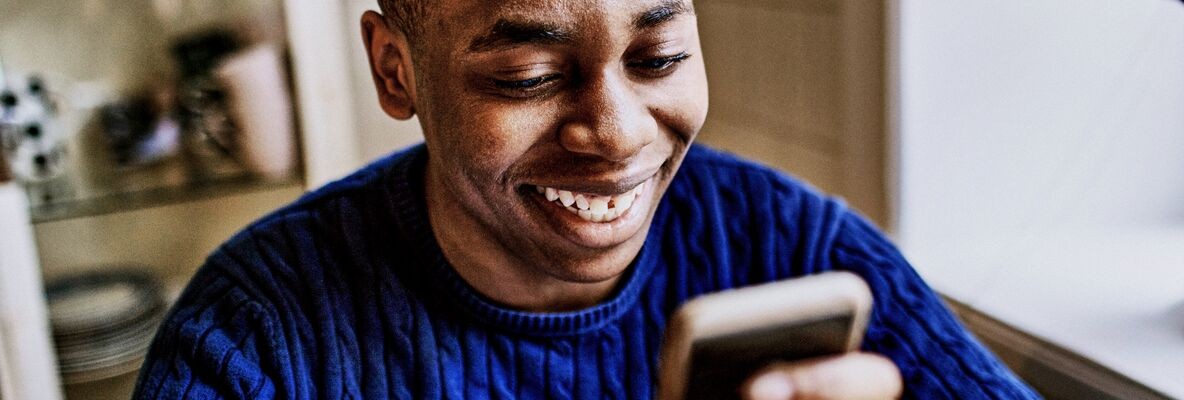The three ways to buy greener without breaking the bank
The end-of-year holiday season is always a stressful time. You have to organize meals with all that that implies, get gifts without forgetting the January sales and the bargains that are on the horizon. Dealing with these significant expenses is not easy, especially in the present time. Climate change encourages us to adopt more environmentally responsible consumption habits. But how to buy green without breaking into your piggy bank?
Go for eco-friendly decorations
Instead of buying standard decorations, most of which are made from plastic on the other side of the world, why not choose more sustainable alternatives? You can buy second-hand decorations and this avoids using new raw materials. Even better: make your own decorations using what you have at home, using items originally intended to be thrown away or that are available for free. If you don’t have time to shop around for bargains or if you don’t like manual work, go for local arts and crafts that often offer highly original handmade objects made from natural materials.
Choose ethical and ecological clothes
Prefer brands that are committed. Many have eliminated hazardous chemicals from their production process, for example perfluorinated compounds (PFCs) considered to be endocrine disruptors, and use alternatives to animal materials and fibres. An Australian mobile app "Good on you" can help you identify the most virtuous brands. Supported by British actress Emma Watson, a passionate advocate for responsible fashion, this app is available for free on the AppStore and Google Play and reviews more than 2,000 fashion labels based on three criteria: the environment, employees working conditions and the treatment of animals.
There are also several shops specialised in slow fashion in Luxembourg and the greater region. In these stores you can find dozens of eco-responsible labels for clothes, shoes, bags, accessories and sports outfits. They're cool, ethical and not necessarily more expensive.
Set your sights on sustainable household appliances and tech devices
Before choosing a new appliance, take a look at its energy label. This summary and standardised sheet comes with most products, whether sold in stores or online, and informs you about the energy consumption characteristics of the appliance. This label mainly indicates the annual energy consumption stated in kilowatt hours (kWh), annual water consumption for a washing machine or dishwasher expressed in litres (L) and the energy efficiency class. The energy efficiency class varies from A to D or from A to G[1], the letters A or A+++ being attributed to the most economical appliances and the letters D or G to the most energy-consuming appliances. If you pay attention to this energy label, you will soon notice that products that are a little more expensive to buy are often – but not always – more economical when used.
Learn about the most reliable brands. Which ones break down the least often and can be easily repaired? On 1 January 2021, France became the first European country to implement a repairability index. It is currently mandatory for the following nine products: smartphones, laptops, TV sets, front loading washing machines, top loading washing machines, dishwashers, lawnmowers, high pressure cleaners and vacuum cleaners (wired, cordless and robots). This repairability index does not yet exist on a European scale, and of course not in Luxembourg yet, but fortunately there is the Internet. You can find this information on French online sales platforms for household appliances. Thus, by surfing on the sites in question, you too can, like French consumers, be informed about how sustainable the products concerned are.
[1] Since 1 March 2021 the energy label has been modified for the following products: dishwasher, washing machine and washer dryer, refrigerator and TV sets. To make the label easer to read, the letters A+++, A++ and A+ have been replaced by A, B and C respectively
12/22
My Money
-
10 ways to make your Wi-fi more secure

By now, most of us know that public hotspots aren’t always safe to use. Yet, internet security can be an issue even when using your home Wi-fi. Here are a number of ways to improve network security at home.
-
5 tips to save money on your skiing trip

Winter sports holidays are quite expensive. Thus, I wanted to share some savvy tips to enjoy them as much as possible without worrying about money with you!
-
5 websites to personalise your gifts

Are you looking for a truly original, personal gift? There are more and more websites that enable you to personalise clothing, accessories, furniture, and gadgets in just a few clicks. Here are a few sites offering the most interesting customisation options.